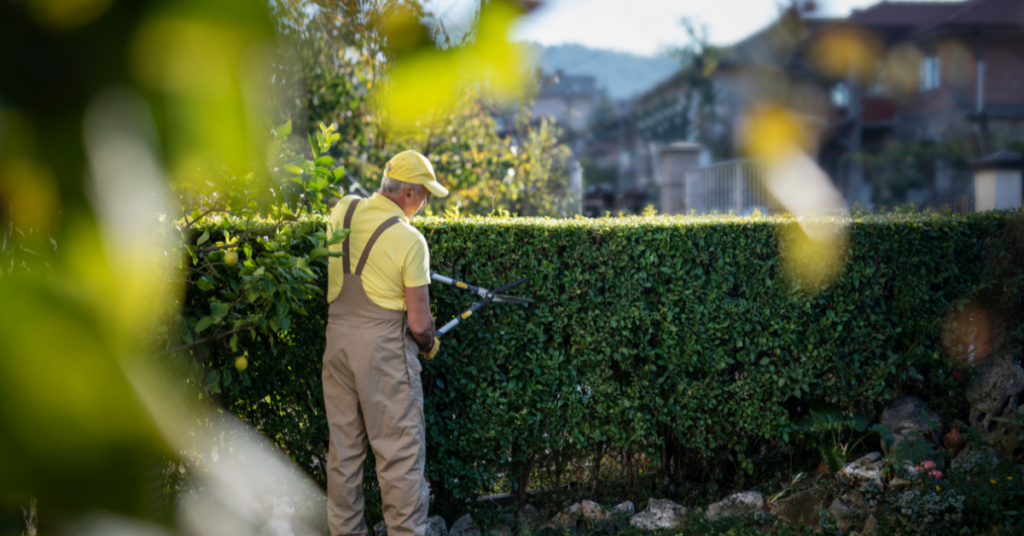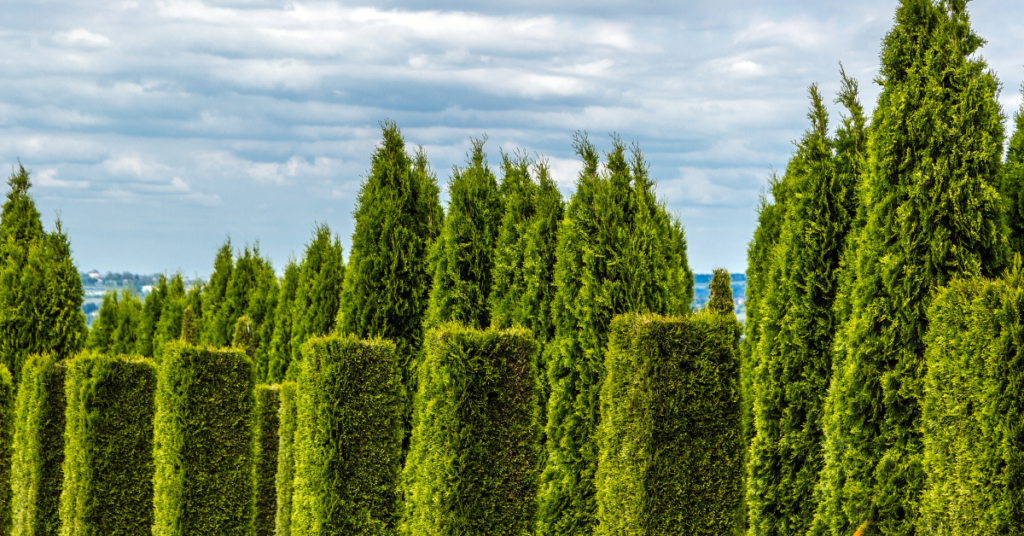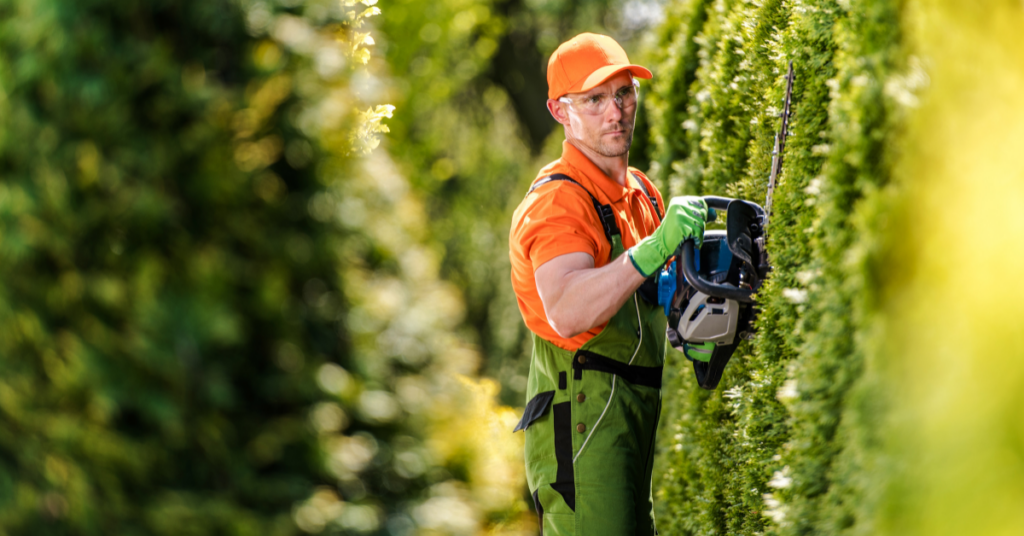Now more than ever, homeowners are looking for ways to spruce up their outdoor spaces, especially when it comes to establishing a gorgeous green backdrop. While a hedge can add privacy and beauty to a home, choosing the right type of tree for this purpose is essential. From cypress to firethorn, there are several varieties of trees that could make attractive hedges, but understanding the pros and cons of each will help you make the best decision. In this article, we’ll explore the best tree variety to use for a hedge, including what factors to consider, what types of trees are best suited, the benefits and drawbacks of different species, long-term maintenance needs, how they respond to trimming/pruning, and potential disease/pest issues.

Understanding the Factors to Consider When Choosing a Hedge Tree
When it comes to choosing a hedge tree, there are several things to consider before making any final decisions. Before investing in a particular type of tree, it’s important to take into account the soil conditions, exposure to sun and wind, space constraints, the tree’s hardiness, and human activity. Knowing these factors can help narrow down the list of potential options and help ensure you choose a tree that will thrive in its intended location.
What Types of Trees are Best Suited for a Hedge?
There are a variety of trees that provide the perfect backdrop for any property. These include cypress, yew, holly, firethorn, and viburnum. All these trees have unique characteristics that make them excellent for creating a hedge. To best maintain these trees, understanding How To Properly Maintain Each Variety Of Trees can be beneficial.
For instance, cypress has a columnar growth habit and can reach up to 70 feet tall, while holly has glossy green leaves and produces colorful berries in winter. Firethorn has thorny branches and clusters of white flowers and orange-red berries and viburnum is a low-maintenance shrub with fragrant flowers and colorful berries. Yew is also a slow-growing evergreen with dark green needles and red berries.

Pros and Cons of Different Types of Trees for a Hedge
Each type of tree has its own set of advantages and disadvantages. Cypress, for example, is a great choice for privacy and is relatively low maintenance. However, it does require regular trimming and pruning due to its fast-growing nature. On the other hand, yew is a slower-growing evergreen but it may attract deer and rabbits to the property. Viburnum is a very low maintenance shrub but it may not be as dense as some of the other options. It’s important to weigh the pros and cons of each type of tree before settling on one.
Long-Term Maintenance Considerations for a Hedge Created with a Particular Type of Tree
When deciding on a hedge tree, it’s important to think beyond the initial setup and installation. The type of tree you choose will determine the amount of maintenance required over the life of the hedge. Some trees need more frequent trimming and pruning than others. In this context, understanding the Proper Pruning Practices can be very helpful. Cypress, for example, requires regular clipping to maintain its columnar shape, while yew may need occasional thinning to remove dead branches. Additionally, some species will need special care to protect against pests and diseases.
How Do Different Types of Trees Respond to Trimming and Pruning?
How different types of trees respond to trimming and pruning is a crucial aspect of maintaining a hedge. While considering this, it’s beneficial to understand the Difference Between Tree Trimming and Pruning. Generally speaking, the more severe the pruning (greater size or number of limbs removed) the greater the resulting regrowth. This means that if a hedge is trimmed back severely, there will likely be an increase in new growth. So, it’s important to consider this when deciding which tree to use and how often the hedge should be trimmed.
What is the Ideal Spacing for a Hedge Made With a Particular Type of Tree?
Another important consideration is the spacing between rows of trees when creating a hedge. This will vary depending on the type of shrub or tree chosen, however, at least 12” to 24” should be maintained between the center of each plant. This will help prevent root crowding and ensure that the plants have enough room to grow. Additionally, understanding the principles of Shaping Growth In Young And Mature Trees can aid in creating an aesthetically pleasing hedge.

Are There Disease and Pest Issues to Consider When Selecting a Tree for a Hedge?
Lastly, it’s important to consider the potential for disease and pest infestations when choosing a hedge tree. Different types of trees may be susceptible to various threats. If you’re considering fruit trees for your hedge, it’s important to be aware of the Common Fruit Tree Diseases: An In-Depth Guide can be beneficial. So, do thorough research into what issues may arise in your area. If possible, contact your local nursery or extension office to get more information about the specific tree species you’re considering.
Conclusion
Creating a hedge is a great way to add beauty and privacy to any outdoor space. However, selecting the right type of tree for this purpose is essential. If you are a property developer based in Victoria, you must be aware of What Trees Are Protected In Victoria For Property Developers. By understanding the factors to consider, the best types of trees for a hedge, the benefits and drawbacks, the long-term maintenance needs, and potential disease and pest issues, homeowners can make an informed decision to ensure their hedge looks great and lasts for years to come.
Feeling ready to plant that perfect hedge in your backyard? We hope that this comprehensive guide has provided you with the knowledge and inspiration you need. As a homeowner, making informed decisions is key to creating an outdoor space that not only adds beauty to your home, but also remains manageable and healthy in the long term. Remember, professional assistance is always available to guide you through these decisions and practical processes. Whether you’re based in Victoria, we’re ready to help you with all your tree service needs. So don’t hesitate, contact our experienced team at tree services in Victoria, BC today to ensure your hedges and trees are the best they can be!


